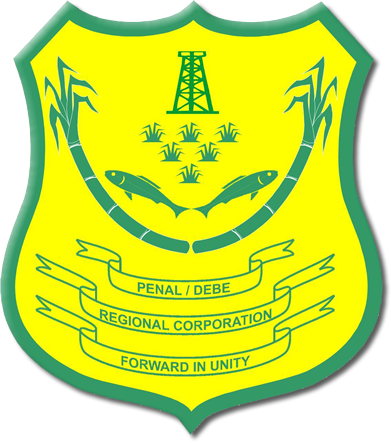The Penal/Debe Region, located in Southern Trinidad, spans a land area of 246 km2 and is home to approximately 89,392 people. Of these, 45,456 are male and 43,935 are female. It is the 6th largest Regional Corporation in terms of both area and population. PDRC has a varied topography with low lying hills in the north and mountainous terrain with higher elevations and steeper slopes in the south. Approximately 60% of the PDRC is within the Oropouche Watershed and much of this area is subject to flooding.
According to the population and housing census, Penal Debe accounts for approximately 6.89% of the entire population of Trinidad and Tobago. The population is predominantly East Indian with 63,629 of the 89,392 being of East Indian origin. Understandably, 38,402 of the population practices Hinduism. Penal Debe region is therefore deeply rooted in East Indian Culture. Other dominant religions include Pentecostal (11,777), Roman Catholic (7,614), Islam (5,941) and Presbyterian (4,755).
The region’s economy has been historically based on agriculture which became important when East Indian Indentured labourers left the cane fields in the late 19th and early 20th centuries and began the cultivation of rice, cocoa and other food crops in low-lying areas surrounding the Oropouche Lagoon. However, in recent times there has been a move towards wholesale and retail trade, construction and the provision of services. The economy of the region can be described transitioning. Agriculture is seen as essentially as fading and future growth of the region lies in the retail and service sector which will be supported by tourists and residents.
The primary centres in the region are Penal and Debe. PDRC contains 34 designated communities of which two (accounting for 5.8% of the population of the region), Penal and Barrackpore are officially classified as Rural Centres and a further 10 (29.1%) are considered rural villages, 1 urban centre (2.9%), 17 rural neighbourhoods (50%) and 4 urban neighbourhoods (11.7%).
The Penal/ Debe region boasts of 25,006 buildings, 26,544 dwelling units and 2,599 business places. Steady growth in the population has been evident within the period 2000-2011 as previously there were 21,566 buildings, 22,191 dwelling units and 2,310 business places.
| Health Centres | 3 |
| Police Stations | 3 |
| Fire Substation | 1 |
| Registered Recreation Grounds and Parks | 36 |
